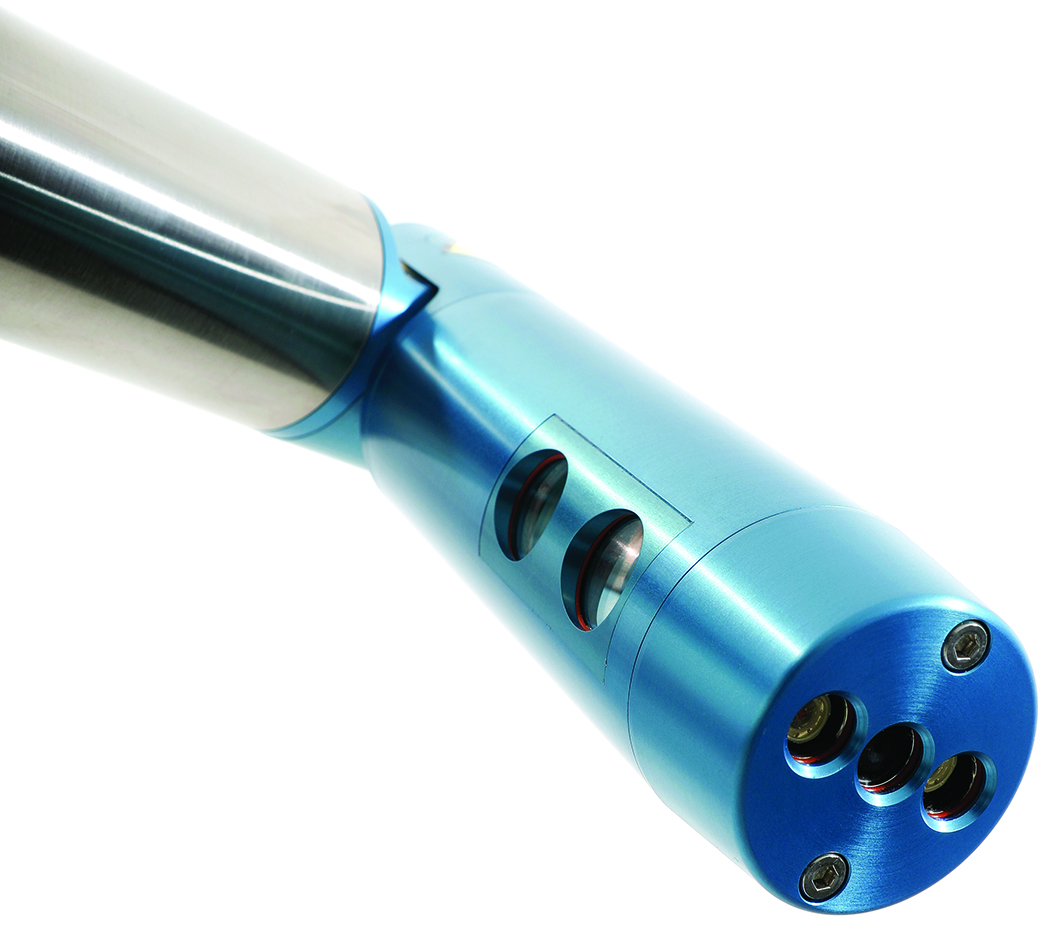 Carlson reported the Gyro option on the C-ALS laser system, which offers mapping capabilities for underground cavities, gives greater navigational capability. It ensures the probe’s position along the borehole can be determined without relying on the mechanical alignment of deployment rods or a magnetic compass.
Carlson reported the Gyro option on the C-ALS laser system, which offers mapping capabilities for underground cavities, gives greater navigational capability. It ensures the probe’s position along the borehole can be determined without relying on the mechanical alignment of deployment rods or a magnetic compass.
The C-ALS probe is dropped into boreholes on cable or wires, or is pushed through them on rods or a boom. The system provides a detailed visual record of the subsurface environment, Carlson reported. It enables laser scanning of air-filled voids to create geo-referenced 3D models of subsurface conditions.
For the Gyro option, the probe is fitted with a miniaturized MEMS IMU, which contains a three-axis gyro that monitors the probe’s heading and accelerometers that determine the inclination. Prior to deployment, the heading for the C-ALS Gyro probe is established in relation to the mine’s grid system, which gives the reference orientation for the rest of the deployment. The software automatically identifies the gyro and offers controls.
The rods or cables by which the probe is typically moved or suspended are no longer used for the purpose of mechanically aligning the probe, Carlson reported. They may still be used to move the probe along through the hole.
www.carlsonsw.com






